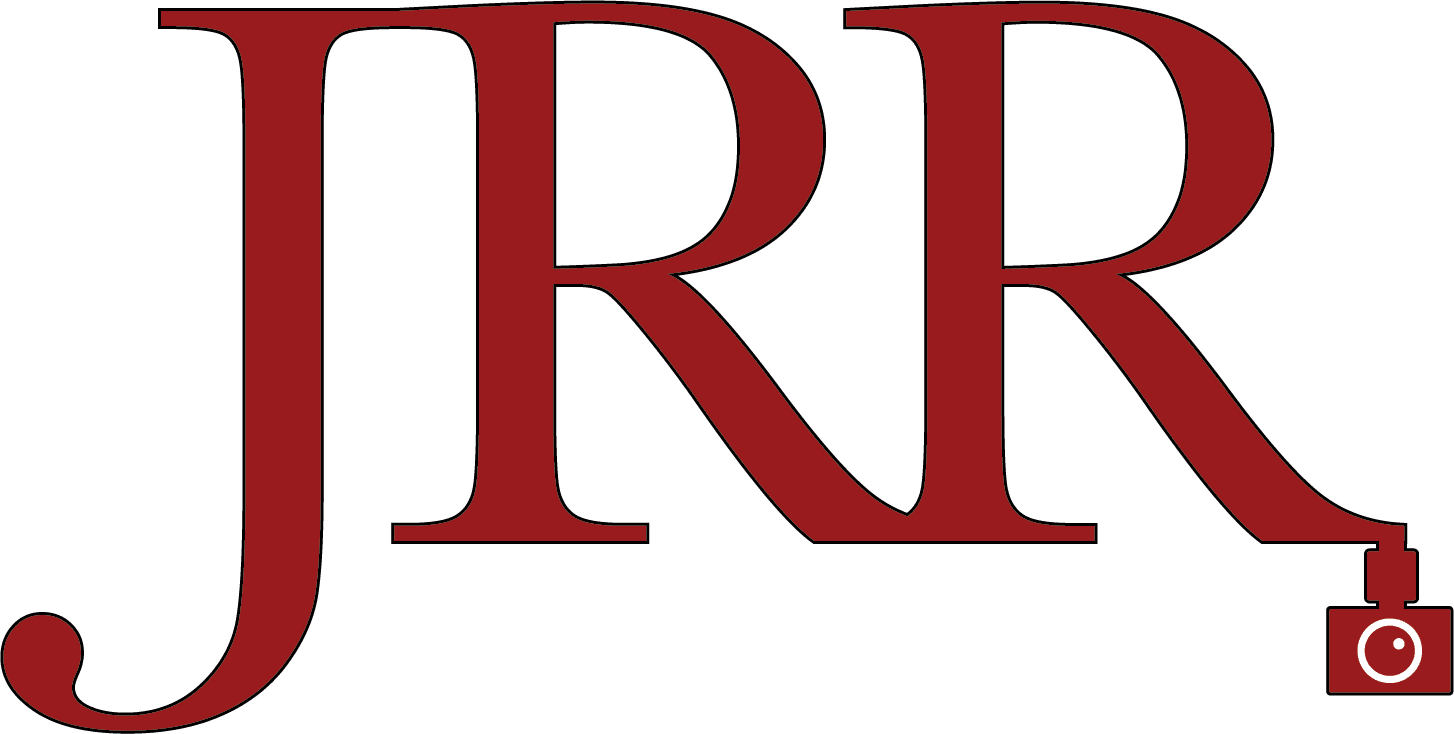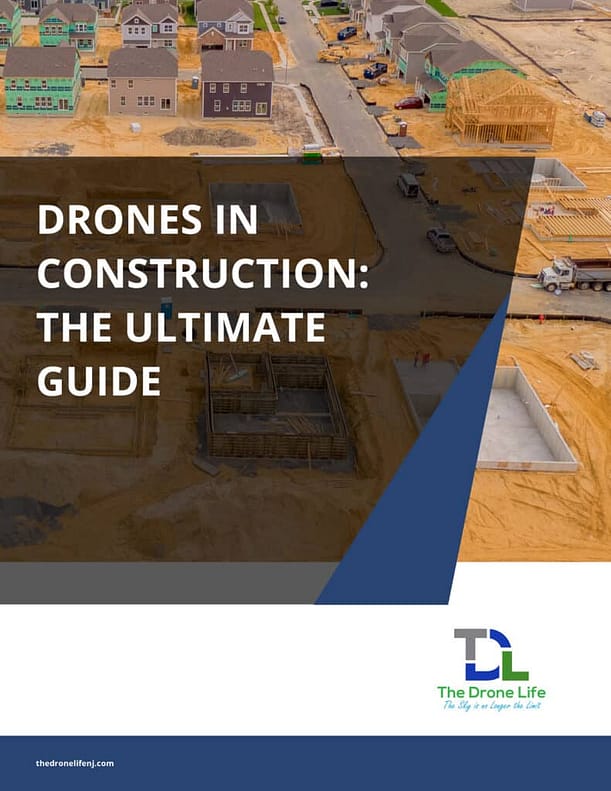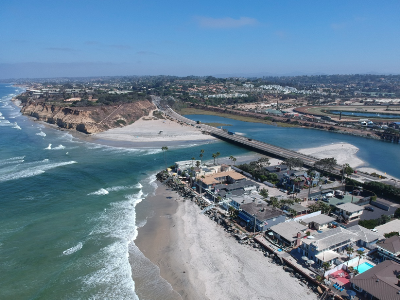
As the old saying goes, a picture is worth a thousand words. This has been the basis behind the entire professional photography business since its earliest days. Photography allows us to express emotions and make a statement through stunning images. Incorporating top of the line drone technology quite literally takes the art and business of photography to a whole new level.
Drone photography allows for different perspectives and the use of drones has made aerial photography much more affordable and accessible for a number of different uses. Everything from land surveying to commercial development to real estate marketing and other forms of marketing can benefit from the use of dynamic aerial photographs. In fact, the popularity of drone photography as a marketing tool in particular has skyrocketed within just the last few years and the trend of drone photography shows almost no signs of letting up anytime soon.
The New Perspective: Advantages of Drone Photography
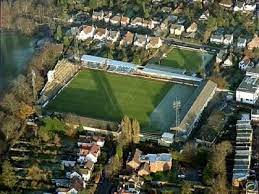
In the realm of photography, perspectives are everything. The angle, height, and distance from which a shot is taken can alter the entire mood, message, and impact of the photograph. As technology has evolved, so too have the boundaries of what’s possible in capturing images. Entering this transformative era is drone photography, which brings a fresh, aerial perspective to the fore. Let’s delve deeper into the standout advantages of this modern photographic technique.
Elevated Vantage Points and Unique Angles:
Traditional photography, while versatile and beautiful, is limited by the physical reach and height of the photographer. Flying drones, on the other hand, provide a bird’s-eye view, capturing expansive landscapes, cityscapes, and other vast scenes with ease. These elevated vantage points offer viewers a panorama that is both expansive and detailed, providing a complete aerial picture of the scene below. Moreover, drones can swoop, ascend, or hover, granting photographers the flexibility to capture images from angles that were once deemed impossible.
Accessibility to Previously Hard-to-Reach Areas:
There are places on our planet — rugged terrains, dense forests, towering cliffs, or the center of vast water bodies — that are challenging, if not impossible, for photographers to access. Drones change the game here. They can glide over a roaring waterfall, hover beside a secluded cliffside, or drift above a dense canopy, capturing the untouched beauty of these remote locales. This not only expands the horizons for drone photographers but also allows audiences to witness and appreciate places they might never personally visit.
Flexibility in Weather Conditions and Terrains:
While extreme weather conditions can pose challenges, drones are generally more adaptable than humans in various environments. They can fly in light rain, mist, or fog, capturing ethereal images with a distinct mood. Their ability to operate in diverse terrains — be it the sandy dunes of a desert, the icy expanses of a glacier, or the rolling waves of the ocean — offers unparalleled flexibility. This adaptability ensures that the essence of different environments, in their varied moods and states, can be documented authentically.
Getting A New View
Whether you’re talking about your local neighborhood, a faraway place you might not otherwise see or just a simple event like a wedding, the immediate benefit of drone photography is to be able to look at places, objects and people from a whole new point of view that wouldn’t be physically possible with standard photography. Looking down from above opens up the possibilities for angles and perspectives that can cast a location or object in a whole new light and make us look at it in a different way.
From its inception, what made aerial photography stand out was the ability to get a bird’s eye view, something that isn’t generally possible for humans. Over time, that method has been applied for a number of reasons from military surveillance to land surveying. It has been employed in topographical surveys and mapping to get both broader views of an area as well as more detailed looks at otherwise inaccessible features.
Now, with the use of drone technology, that viewpoint one aerial image has been expanded even further, giving us the ability to access areas that were impossible even for traditional aerial photography using planes. It can also allow for photographing in various weather conditions, offering a view of the effects of that weather on landscapes and buildings.
Providing Greater Context
One of the biggest advantages of drone photography is the ability to produce both still and video images that can show a house, building or luxury object such as a yacht or car, within its surroundings. Again, this offers a perspective that traditional photography can’t and can be particularly effective in the areas of digital marketing materials and land development.
It’s one thing to see a photo of a house, but when you see that house from above, you can also view the surrounding area, the property lines and where it sits in relation nearby a city landmark and to its neighbors, all of which provides a greater context that can be helpful for prospective customers.
Specific Uses For Drone Photography
With all of that in mind, it becomes clear how drone photography can make a real difference in many different areas. Here are just a few of the specific ways in which you can use drone photography:
Landscape Photography
Since it allows for wider perspectives in still photos as well as video footage, drone photography can make aerial image and take dynamic photos that showcase various landscapes in breathtaking ways.
Wedding Photography
the use of drone photography can be a wonderful addition to your wedding day, helping to capture those special moments from a whole new perspective. Group photographs that show the bride and groom with all of their guests or broad, panoramic aerial shots that showcase the wedding venue can add a new touch to traditional wedding photography.
Real Estate Marketing
this is just one picture of the most exciting uses of drone photography as it can be an effective tool for showcasing a property to its best advantage in order to entice prospective buyers. This holds true across the board from residential homes to commercial properties. Seeing how a home or building is situated within its surroundings can help to give a buyer a frame of reference, which can be particularly useful if the buyer is new to the area.
Property Appraisals
since it can allow a view of an entire property, drone photography can be particularly useful in assessing the overall value of that property for real estate and development purposes.
Home and Property Inspections
drone photography can allow a home or property owner to view parts of the property that would otherwise be unsafe or inaccessible, such as roofs or upper floors, enabling them to identify and address potential problems in a timely manner.
Documenting Land Changes
similar to inspection of buildings, drone photography can document changes to land from weather conditions, erosion and other causes over a period of time to give a full view of a property.
Architectural Planning and Development
providing an overview of an entire location, surrounding properties and land can help in the planning and development stages of commercial properties and housing, giving architects a better idea of the resources and space they have to work with.
Marketing and Advertising
Property isn’t the only thing you can highlight more spectacularly with drone photography. You can market luxury items such as high-end automobiles and yachts more effectively when you photograph them within their surroundings. While detailing the features of a yacht is certainly important, showcasing the adventures you can have and the exotic places you can visit with that yacht takes drone photography shoot the marketing approach to a whole new level.
Challenges and Considerations in the Drone Photography Business
While drone photography has introduced a revolutionary perspective in the world of imagery, it hasn’t come without its challenges. As with every groundbreaking technology, it’s vital to address the concerns and implications it brings forth. Below, we delve into the primary challenges and considerations associated with drone photography.
Ethical Concerns About Privacy:
One of the most debated issues regarding drone photography is privacy. Drones, due to their ability to fly at lower altitudes and access residential areas, can inadvertently or intentionally capture images of private properties and individuals without consent.
This has led to concerns about surveillance and invasions of personal privacy. For photographers, it’s crucial to be aware of these boundaries and ensure that they respect private spaces. Additionally, the public and policymakers have been advocating for clearer guidelines to ensure that drone photography doesn’t infringe upon an individual’s right to privacy.
Potential Disturbances to Wildlife:
The natural world, with its myriad of landscapes and wildlife, is a prime subject for the most drone pilots and photographers. However, there’s growing concern that drone flying can disturb animals in their natural habitats. The noise and presence of drones can stress or scare animals, causing them to flee and potentially leading to injuries.
Nesting birds might abandon their eggs, and herds could stampede in panic. For drone operators, understanding the ecosystems they’re entering and maintaining a safe distance becomes imperative to minimize potential disruptions to wildlife.
Safety Risks and Regulatory Considerations:
Drones, if not operated correctly, pose safety risks. There have been instances where drones have come dangerously close to commercial aircraft or have been at risk of crashing into buildings or crowds. Such situations can lead to property damage, injuries, or, in extreme cases, fatalities.
Recognizing these potential hazards, many countries have established regulatory frameworks or drone laws for drone operations. These may include no-fly zones, altitude restrictions, and mandatory training or certifications for drone pilots. For anyone diving into drone photography, understanding and adhering to these local drone regulations is not just a legal necessity but a responsibility towards ensuring public safety.
Why Use An Aerial Photographer?
Aerial photography is an effective and useful tool with many different applications that can benefit your business or be used for personal needs. As with any type of service, in order to get the most out of this tool it helps to have the services of a trained professional who not only has the necessary equipment but also the skills to get the best possible results.
A professional aerial photographer can provide a wide range of services, from still photos to video coverage, and aerial photography good which can result in a whole new view of your property, merchandise or family event.
Future of Drone Photography
Drones, since their inception into the mainstream market, have revolutionized the way we capture the world. But as with all technological advancements, stagnation is rare. The future of drone photography promises even more exhilarating changes, backed by rapid technological evolutions and creative applications. Here’s a glimpse into what lies ahead nationwide drone photography services.
Advancements in Drone Technology:
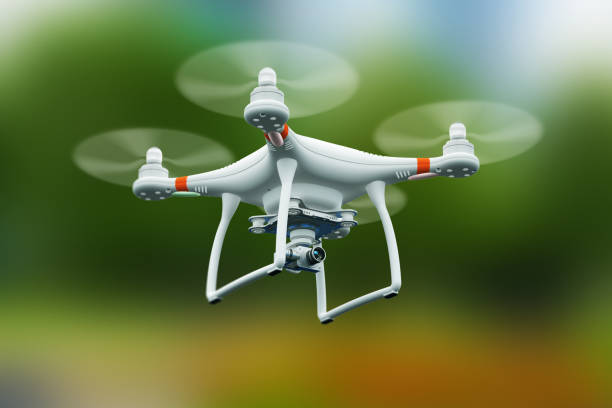
- Enhanced Battery Life: One of the current constraints of drones is their limited flight time due to battery restrictions. Future drones are likely to sport batteries that not only last longer but also charge faster, allowing photographers extended periods in the air and minimizing downtime.
- Improved Image Quality: Cameras embedded in drones will continue to see upgrades. We can anticipate drones equipped with cameras that have better low-light performance, increased dynamic range, and higher resolution capabilities.
- Smarter Navigation Systems: With the incorporation of AI, future drones will have superior obstacle detection and avoidance systems. This would allow drones to navigate complex environments with ease, reducing the risk of crashes.
- Enhanced Stability and Weather Resistance: Advanced stabilization systems will ensure that even in windy conditions, drones can capture smooth footage. Additionally, drones might become more resilient to elements like rain or snow, broadening the conditions under which they can operate.
Predictions for New Applications and Sectors that May Benefit:
- Medical and Humanitarian Use: Beyond photography, drones can deliver medical supplies to remote or disaster-stricken areas, capturing aerial data to guide rescue and relief operations.
- Urban Planning and Smart Cities: As cities globally move towards becoming “smart cities,” drone imagery can play a pivotal role in mapping, planning, and monitoring urban infrastructure and growth.
- Interactive Entertainment and Virtual Reality: Imagine immersing yourself in a virtual world using VR, where the landscapes and scenes you navigate are captured by drones. This synergy between drone photography and VR can redefine entertainment experiences.
- Deep Exploration: Drones can explore places humans can’t easily access, such as deep-sea environments, volcanic terrains, or even other planets. While this might be a mix of photography and other data collection, the visuals from such explorations would be unparalleled.
- Sporting Events: Beyond just static coverage, drones might be integrated into sports, giving viewers dynamic, real-time angles of events like marathons, mountain biking, or even skiing. This would redefine the way audiences experience live sports.
- Environmental Conservation: Drones will increasingly play a role in monitoring deforestation, glacier movements, and other environmental phenomena, providing crucial data to researchers and policymakers.
In essence, the horizon for drone photography and its applications seems limitless. As technology evolves, so will the potential uses of drone pilot, driving us into an era where our interaction with the world, through the lens of a drone, becomes more intimate, dynamic, and insightful.
Drone Photography Uses
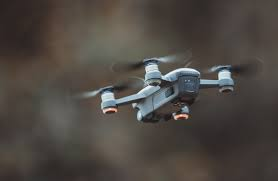
A picture can be worth just a picture a thousand words, but a professionally produced aerial photograph can speak volumes, especially when you put your photography needs in the right hands. Whether you need to inspect your roof, sell your home, buy a yacht or document a changing landscape, nothing is quite as effective at getting a message across as a beautiful aerial shot.
JR Resolutions understands the many ways that aerial photography can be put to use most effectively and that’s why we offer a wide range of services at affordable price points so that you can take advantage of everything aerial photography can do for you.
If you’re considering hiring a qualified drone pilot to help harness the full potential of these services, we invite you to read our informative blog post on the subject. It provides valuable insights on the benefits of working with experienced professionals who can handle complex aerial videography projects with expertise and safety in mind.
